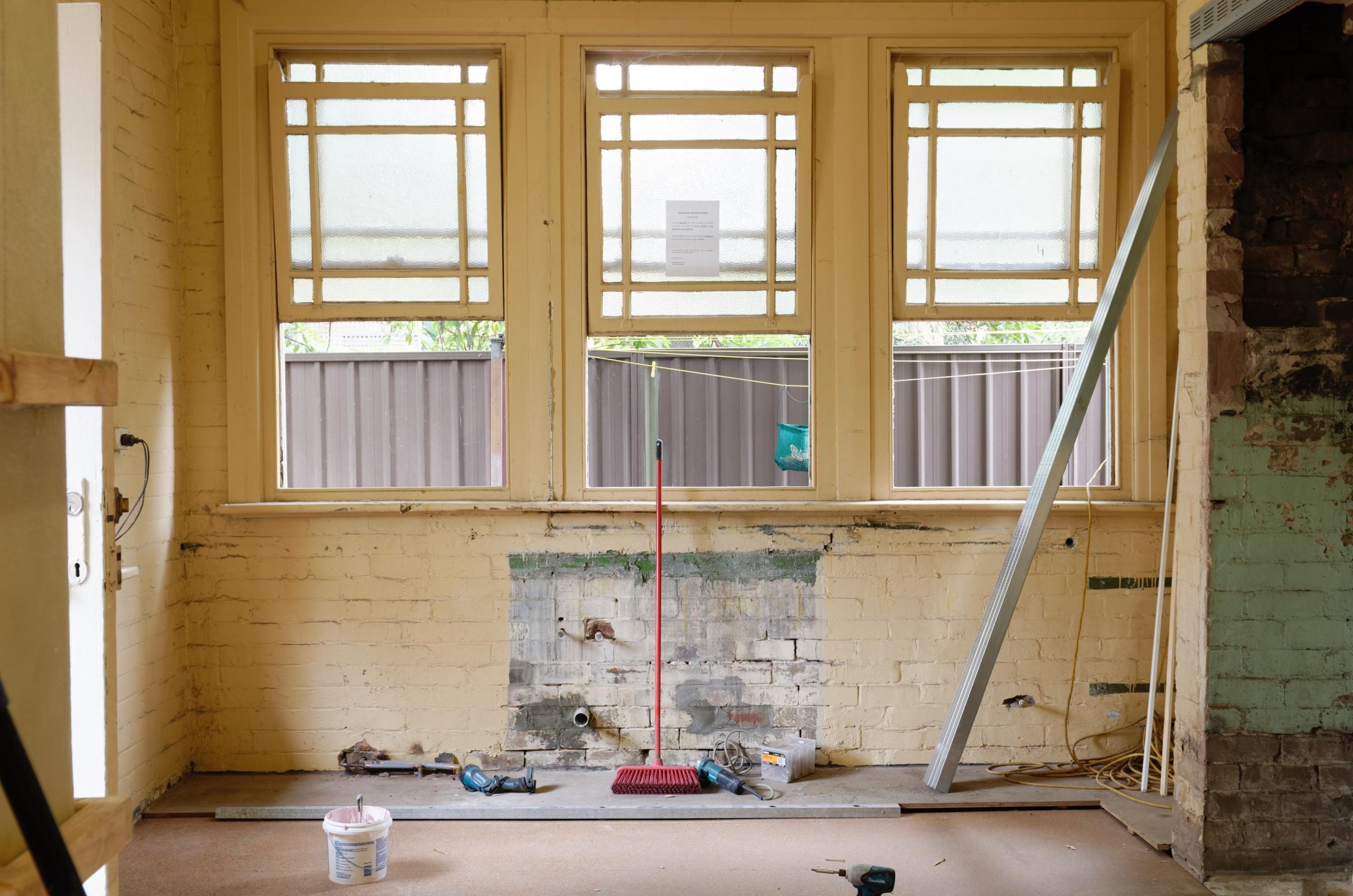Home Design Strategies for Improved Mental Health
by Greg Geilman, Los Angeles native of over 40 years and the owner of South Bay Residential.
Mental health is influenced by many factors, including environment. The appearance, location and decor of an environment can promote feelings of happiness, creativity and even connectedness. Through smart design choices from the building stages through the decorating stages, home buyers and homeowners can turn their home into a place where they can mentally thrive.
Consider Color
Psychologists have long believed that color has an influence on mood. Some colors are associated with a sense of calm and peace, some are associated with excitement and passion, and still others are associated with sadness. Homeowners who are trying to decide which colors to paint in and on their home must be aware of these color associations.
Warm colors. The warm colors are red, yellow and orange; these colors tend to excite the emotions, stimulate passion and can even provoke aggression.
Cool colors. The cool colors include blue, green and purple; these colors are more often associated with a sense of calm, peace and relaxation.
The color itself is not the only thing to consider when choosing the right paint. Dark colors, when used in certain spaces, can make a room look small and confining, which can have negative effects over time. Darker colors are best used in larger rooms to create a coziness. Lighter colors can make large rooms look too bright or even sterile, if used in large, bright spaces.
Homeowners who choose their colors carefully can evoke a sense of happiness. Homeowners who aren’t sure which colors will work best for them can hire a professional designer. Those who don’t want to pay a professional can still get a sense of what works in their home by painting samples on their walls before selecting a final color.
Add Height
Low spaces can feel claustrophobic and confining. For some people, low spaces can even create a sense of fear. Height can promote abstract thought and creativity. Home buyers who are building their home can choose a design with cathedral ceilings or extra tall ceilings to promote a sense of height and space. Homeowners who already own an older home with lower ceilings can still create a sense of height by placing shelves high up on the walls and by painting the ceiling a light color.
Another good way to create a sense of height is to remove light fixtures that hang low in the room and replace them with recessed lighting, which takes up no ceiling space. Removing crown molding can help. If the room is painted in a dark color, it can help to repaint in a lighter shade.
Let in the Light
For some people, lack of the right light can cause depression. Brightening the home can help prevent spaces from becoming gloomy and depressing. Large windows help with this, but not all homes are built with large, well-placed windows. In homes with small windows, remove dark window treatments to bright the room. Homeowners can also replace dark window treatments with light, airy sheers or curtains.
Location, Location, Location
Location can also have an effect on mental health. Homes near green spaces and areas for walking can prompt homeowners to exercise, which can improve mood. Access to services in the community can also help homeowners get what they need in order to stay happy.
Of course, different homeowners have different needs, so anyone buying a home must consider the businesses and environment where a home is located to determine whether or not they can be happy there. Potential home buyers should walk around, explore the neighborhood and make a list of different services that they need in order to thrive. This can help you narrow your search to a few specific neighborhoods in the community.
A sense of light, space and connectedness in the community can all help homeowners to find the peace and contentment they seek. With smart planning and creative decorating, home buyers and homeowners can make their homes a place where happiness resides.

